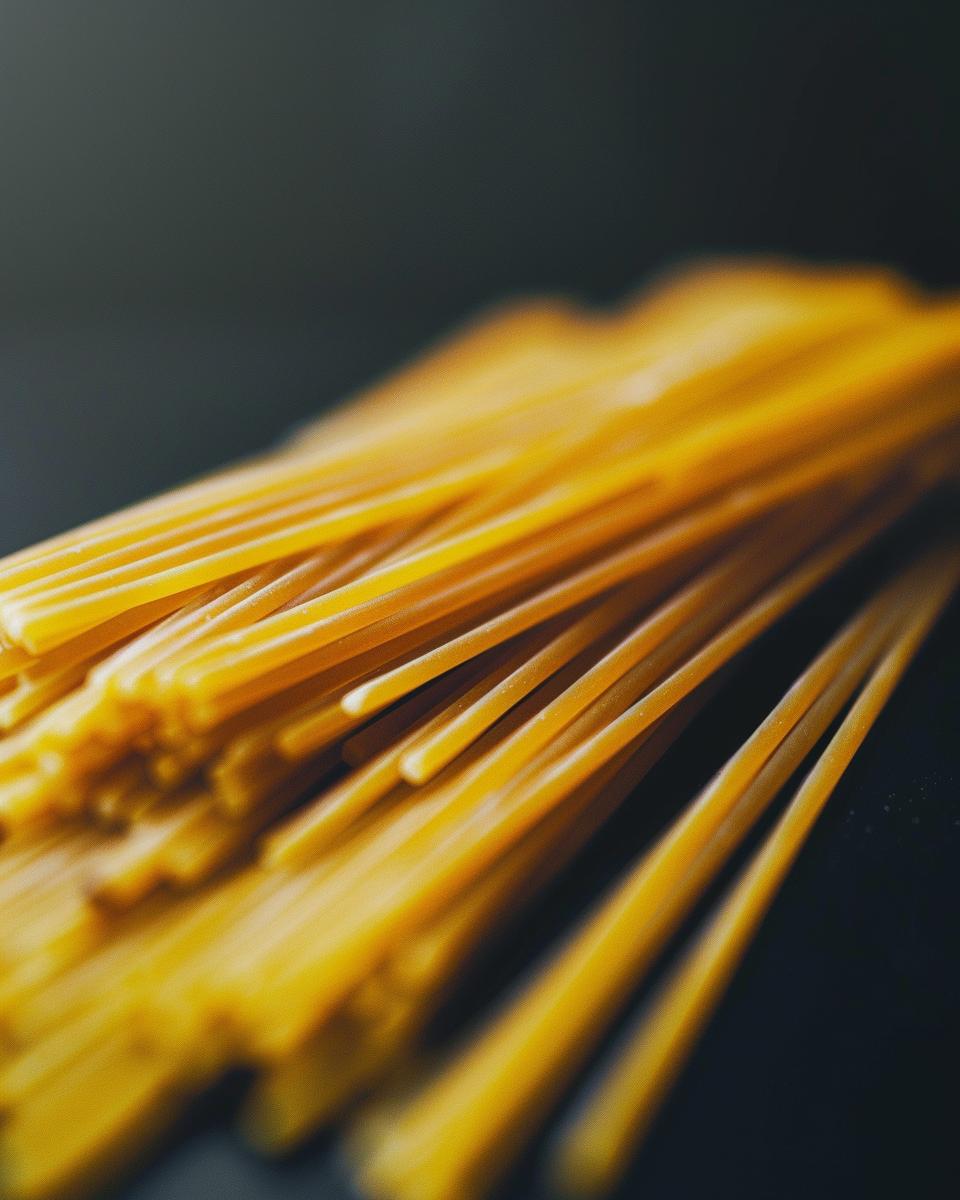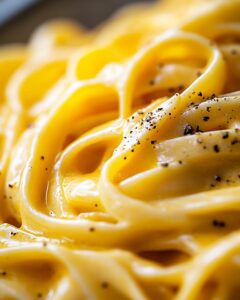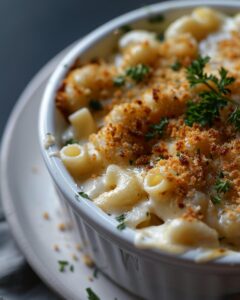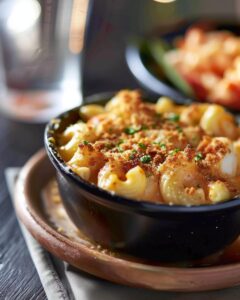High Protein Noodles Recipe: Boost Muscle, Savor Flavor
Craving something delicious yet nutritious? Look no further! Our high protein noodles recipe is your golden ticket to savoring flavor while boosting muscle. It’s the perfect fusion of taste and health, ensuring you don’t have to compromise on either. Wondering how to whip up this culinary marvel? We’ve got you covered.
In this recipe:
- Quick and easy steps to make high protein noodles
- Nutritional benefits that pack a punch
- Tips to customize the recipe to your taste
Moreover, if you’re on the hunt for more muscle-friendly meals, why not check out our Muscle Magic Unveiled or dive into the secret behind the Muscle-Building Breakfast Secret? These recipes are not only packed with protein but are also guaranteed to delight your taste buds.
So, let’s get cooking! With just a few simple ingredients and steps, you’ll be enjoying your high protein noodles in no time. Plus, you’ll be fueling your body with the essential nutrients it needs to build muscle and recover faster. Ready to take your meals to the next level? Follow along as we dive into this mouthwatering recipe.

Who Can Make This High Protein Noodles Recipe
Whether you’re new to the kitchen or a seasoned chef, this high protein noodles recipe is for everyone. It’s simple enough for beginners but can be tweaked by experienced cooks to create a more complex flavor profile. So, what do you need to get started?
Essential Kitchen Tools
Before diving into the recipes, let’s talk tools. You’ll need:
- A reliable mixer or food processor for blending ingredients
- A rolling pin for shaping your noodles
- A sharp knife or pasta cutter to achieve the perfect noodle width
Now, onto the recipes! Whether you crave high protein spaghetti noodles, a savory high protein egg noodles recipe, or a fresh and light high protein zucchini noodles recipe, we’ve got you covered. Each recipe variation caters to different tastes and dietary needs.
For those focusing on muscle gain, incorporating a high protein pasta recipe into your diet is key. High protein content supports muscle repair and growth, making these recipes an excellent choice for athletes or anyone looking to increase their muscle mass.
Moreover, we understand the importance of dietary restrictions. That’s why these recipes can easily be adapted to suit gluten-free and vegan diets. Swap out traditional pasta for gluten-free alternatives or use plant-based proteins to make your noodles vegan-friendly.
In conclusion, this high protein noodles recipe is not only versatile and delicious but also caters to a wide range of dietary needs and skill levels. Whether you’re looking to bulk up, seeking a healthier pasta alternative, or simply want to try something new, this recipe is a fantastic choice. So, grab your kitchen tools and let’s get cooking!
The Ingredients Needed for High Protein Pasta
Having covered the minimal equipment needed, let’s pivot to the ingredients. Choosing the right ones is crucial for the perfect high-protein pasta. Ever wonder what makes a pasta dish not just good, but great? It starts with quality ingredients. Let’s dive in and explore how to select the best components for your high-protein pasta masterpiece.
Choosing Your High-Protein Base
First off, the flour. High-protein flours are the foundation. Options like chickpea, lentil, black bean, and quinoa not only add a protein punch but also bring unique flavors and nutritional benefits. A high protein chickpea noodles recipe is rich in fiber and iron. Similarly, a high protein lentil noodles recipe can offer an excellent source of potassium. For those exploring gluten-free options, high protein black bean noodles and high protein quinoa noodles recipes are perfect choices, providing essential amino acids and vitamins.
Next, consider your protein additions. Are you leaning towards plant-based or animal-based proteins? Each has its benefits, and the choice can significantly influence your dish’s flavor profile. Plant-based proteins like tofu or tempeh blend seamlessly into vegetarian dishes. Meanwhile, animal-based proteins such as chicken, beef, or seafood can elevate your pasta to a hearty meal.
Lastly, don’t forget about hydration and binding agents. These are key in high-protein noodle dough to ensure your pasta has the perfect texture. Eggs, for instance, are a common binder that adds moisture and helps the dough come together. For vegan options, flaxseed or chia seeds mixed with water can be excellent alternatives.
So, ready to start your high-protein pasta adventure? With these ingredients, you’re well on your way to a delicious, nutritious dish that’s sure to impress. Remember, the best dishes start with the best ingredients. Choose wisely and enjoy the process!

Step-By-Step Guide on How to Make High Protein Pasta
Now that we’ve got our ingredients ready, let’s dive into making high protein pasta at home. Ever wondered how to turn those ingredients into delicious, al dente noodles? Well, I’ve got you covered!
First off, mixing and kneading the dough is crucial. You want to achieve that perfect consistency – not too sticky, not too dry. Start by combining your high protein flour with eggs and a pinch of salt in a large bowl. Gradually add water as you mix, ensuring everything blends well. Then, it’s time to get your hands dirty! Knead the dough on a lightly floured surface until it’s smooth and elastic. This might take about 10 minutes, but think of it as a mini-workout before the indulgence.
Rolling and Cutting Your Pasta
Next up, rolling out the dough. If you have a pasta maker, great! If not, no worries. A rolling pin does the trick just fine. Roll the dough out as thin as you can. The thinner, the better, as they’ll plump up when cooked. Once rolled out, it’s time to cut your noodles. You can go for any shape or size you like. Long, spaghetti-like strands or wide, fettuccine ribbons? Your choice!
Finally, the cooking part. For cooking high protein noodles, bring a large pot of salted water to a boil. Gently drop your noodles in and cook for about 3-4 minutes. Yes, it’s that quick! You’re aiming for al dente – cooked through but with a slight bite to it. Drain the noodles and toss them with your favorite sauce.
Following these high protein pasta cooking instructions guarantees a delightful meal. Making high protein pasta at home not only allows you to control the ingredients but also adds a personal touch to your cooking. Enjoy your homemade high protein noodles recipe, and don’t forget to share your culinary creations!
Serving and Storing High Protein Noodles
Now that we’ve mastered the art of making high protein pasta, let’s dive into the equally important aspects of serving and storing it. Whether you’re a seasoned chef or a kitchen newbie, these tips are designed to make your high protein noodles meal prep a breeze.
Perfecting the Serve
After rolling out the dough and cutting it into noodles, the next step is cooking them to perfection. Achieving that al dente texture is crucial, isn’t it? Here’s a tip: keep tasting a noodle every minute past the halfway cooking mark to catch that perfect bite. Now, for serving high protein pasta, simplicity is key. A drizzle of good olive oil, a sprinkle of herbs, or a light sauce can elevate your noodles without overshadowing their rich, nutty flavor.
But what about storing high protein noodles? If you’ve made a big batch, you’re in luck. These noodles store beautifully. For short-term storage, toss them with a bit of oil and keep them refrigerated in an airtight container—they’ll stay fresh for up to five days. For freezing high protein pasta, lay the noodles flat on a baking sheet to freeze individually, then transfer them to a freezer bag. This method prevents them from sticking together, ensuring they’re just as good as fresh when you’re ready to enjoy them again.
Considering high protein noodles meal prep? Divide your cooked noodles into portion-sized containers, add your favorite sauce or veggies, and voila—you’ve got a week’s worth of healthy, protein-packed lunches. Remember, the key to successfully storing high protein noodles is keeping them airtight to maintain freshness.
So, are you ready to enjoy your homemade high protein pasta? Whether you’re serving it fresh or pulling a portion from the freezer, these noodles are sure to become a staple in your healthy eating repertoire. Happy cooking!

Pro Tip: Elevate Your High Protein Noodles Recipe
- Start with quality high-protein flour to boost nutritional value.
- Incorporate egg or plant-based alternatives for a protein-packed punch.
- Additionally, experiment with lentil or chickpea flour for variety.
- Ensure the dough is well-kneaded for optimal texture.
- Roll the dough thinly for uniform cooking.
- Moreover, let noodles dry slightly before cooking for best results.
- Finally, pair with protein-rich sauces or veggies to complement the dish.
FAQ: Perfecting Your High Protein Noodles Recipe
After diving into our pro tips, let’s tackle some of the most common questions you’ve been asking about making high protein pasta. Whether you’re a seasoned chef or a kitchen newbie, these insights will help you whip up delicious, protein-packed noodles in no time!
Top Questions Answered
1. What are some ingredient replacements for common allergies or dietary restrictions?
Great question! For those avoiding gluten, almond or coconut flour can be fantastic substitutes. If you’re vegan, consider using a plant-based protein powder instead of whey. Chickpea flour is also a great high-protein, gluten-free option that adds a unique flavor.
2. How can I save money on high protein pasta ingredients?
To cut costs without sacrificing quality, buy your protein powders and alternative flours in bulk. Also, shopping online can help you compare prices easily. For example, iHerb offers competitive prices on various high-protein ingredients.
3. Any tips for adjusting the recipe to achieve different textures or flavor profiles?
Absolutely! For a firmer texture, add a bit more protein powder. If you prefer a softer bite, increase the liquid ingredients slightly. Don’t be afraid to experiment with herbs and spices – they can dramatically change the flavor without impacting the protein content.
4. How long should I cook high protein noodles for the best texture?
High protein noodles typically require a shorter cooking time than traditional pasta. Start checking for doneness after about 4-5 minutes of boiling. They’re best when they’re al dente, so keep a close eye on them!
5. Can I make high protein pasta variations?
Yes, you can! Once you’re comfortable with the basic recipe, try adding spinach powder for a green pasta or beetroot powder for a fun, pink variation. These additions not only change the color but also add a nutritional boost.












